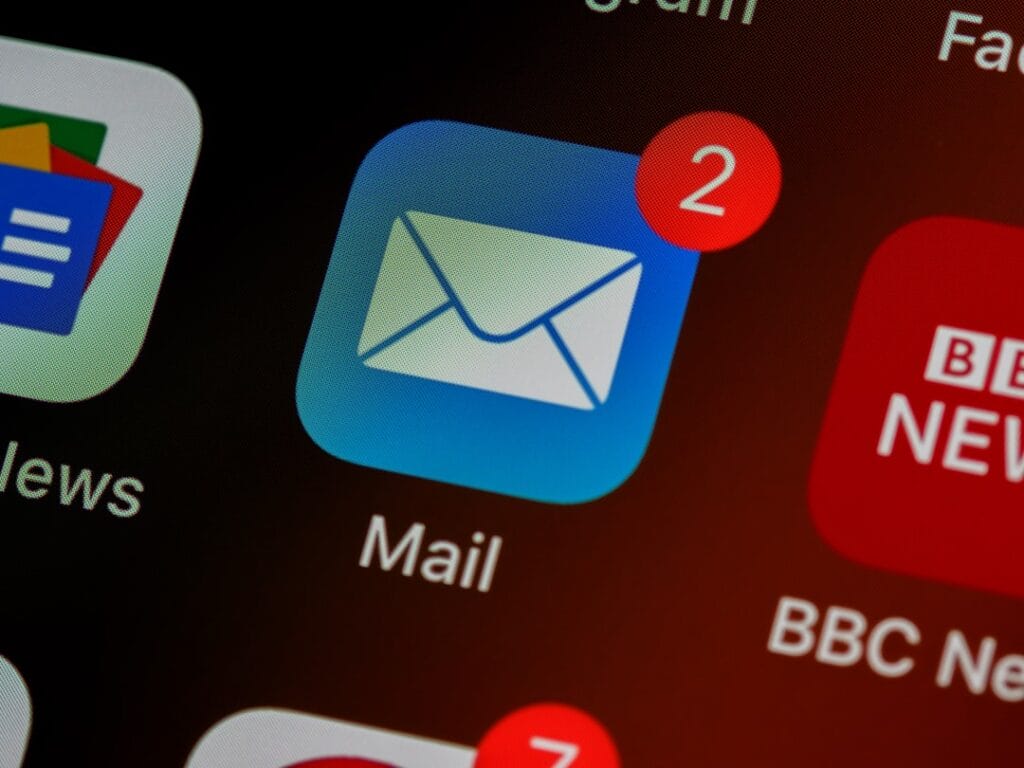Lead generation is an essential process in the marketing strategy of companies. It consists of identifying and attracting prospects potentially interested in the products or services offered. A lead is defined as an individual or organization that has expressed an interest in a company's offering by voluntarily providing their contact information.
This process involves several stages, from the initial attraction to the qualification of prospects. Leads generation methods are varied and include content marketing, optimization for search engines (SEO), social networks, marketing by e-mail, and online advertising. The effectiveness of the generation of leads depends on the ability to target the appropriate audience precisely and to offer relevant added value.
Companies need to tailor their strategies based on their industry, target audience, and specific business goals. The quality of the leads generated is essential. A qualified lead has a higher probability of converting into a customer.
Thus, companies seek to optimize not only the volume but also the quality of their leads to maximize their return on investment marketing . The generation of leads is part of a broader approach to commercial development. It feeds the sales pipeline and contributes directly to the growth of the company.
An effective lead generation strategy ensures a constant flow of skilled prospects, essential for the sustainability and expansion of activity.
Summary
- Lead generation involves attracting and converting prospects interested in a company's products or services.
- The strategies for generating B2B leads include content marketing , referencing, email marketing and social networks.
- Acquiring quality leads requires a deep understanding of your target audience and providing relevant and useful content.
- The steps to generating qualified leads include lead identification, lead qualification, follow-up, and conversion.
- Lead quality is crucial in the sales process because it helps maximize the conversion rate and optimize sales efforts.
- Best practices for generating quality leads include personalizing content, optimizing capture forms, and regularly tracking leads.
- The tools and techniques to acquire quality leads include customer relations management software (CRM), marketing automation, lead scoring and advertising retargeting.
Strategies for Generating B2B Leads
B2B lead generation strategies
Strategies for generating B2B leads are often different from those used for B2C (business to consumer), as the buying process is generally more complex and often involves multiple decision makers within the target company.
Content marketing, an effective strategy
Among the most effective strategies for B2B lead generation is content marketing, which involves creating and sharing relevant and useful content to attract the attention of target businesses.
Other Strategies for Generating B2B Leads
Natural SEO is also crucial to be found by companies looking for specific products or services. In addition, e-mail marketing is an effective strategy for establishing relationships with potential prospects and encouraging them to take action. Finally, participation in professional events and the creation of partnerships with other complementary companies can also be effective ways to generate B2B leads .
How to Acquire Quality Leads

Acquiring quality leads is essential for any business that wants to maximize its chances of converting into customers. The quality of leads is measured by their relevance to the products or services offered, as well as their level of interest and commitment to the company. To acquire quality leads, it is important to implement targeted and effective strategies.
A first step is to clearly define the profile of the ideal buyer (buyer persona) in order to better understand the needs and motivations of potential prospects. Next, it is essential to offer relevant and useful content that meets the specific needs of these prospects, in order to attract and engage them. Additionally, personalizing messages and offers based on the stage of the buying cycle the prospect is in can also help acquire higher quality leads.
Finally, implementing a lead qualification process ensures that only the most relevant and engaged prospects are passed on to sales teams for conversion.
Steps to Generate Qualified Leads
| Stage | Description |
|---|---|
| 1 | Define the profile of the ideal buyer |
| 2 | Create relevant and engaging content |
| 3 | Use effective calls to action |
| 4 | Use lead capture forms |
| 5 | Nurture leads with personalized content |
| 6 | Qualify leads using predefined criteria |
Generating qualified leads requires a strategic and methodical approach to ensure that only the most relevant and engaged prospects are identified and passed on to sales teams. To do this, several steps must be followed in order to maximize the efficiency of the process. The first step is to clearly define the profile of the ideal customer (buyer persona) by identifying their needs, challenges, objectives and decision criteria.
Next, it's essential to capture the attention of these prospects by offering them relevant and useful content that meets their specific needs at each stage of the buying cycle. Once prospects have expressed interest in the company, it is important to qualify them by assessing their level of interest, their suitability for the products or services offered, and their ability to make a purchasing decision. Finally, once leads have been qualified, it is crucial to pass them on to sales teams with all relevant information about their needs, challenges and motivations, so they can personalize their approach and maximize their chances of conversion.
The importance of Lead Quality in the Sales Process
Lead quality plays a crucial role in the sales process, as it largely determines the likelihood of conversion into customers. Quality leads are those who are relevant to the products or services offered by the company, who have shown genuine interest in these offers and who are ready to engage in a purchasing process. Indeed, quality leads allow sales teams to focus their efforts on the prospects most likely to convert, which significantly increases their chances of success.
Furthermore, lead quality has a direct impact on the overall profitability of the company, as it helps optimize the use of resources and improve the ROI of marketing and sales activities. Finally, quality leads help strengthen the relationship between the company and its potential customers, providing a personalized and relevant experience that meets their specific needs.
Best Practices for Generating Quality Leads

Understand the ideal customer profile
First of all, it is important to clearly define the profile of the ideal customer (buyer persona) in order to better understand their needs, challenges and motivations.
Offer relevant and useful content
Then, it's crucial to offer relevant and useful content that meets these specific needs at each stage of the buying cycle, in order to grab the attention of prospects and encourage them to engage with the company.
Personalize messages and offers
Additionally, personalizing messages and offers based on the stage of the buying cycle the prospect is in can also help generate higher quality leads. Finally, it is essential to put in place a lead qualification process that makes it possible to assess their level of interest, their suitability with the offers offered and their ability to make a purchasing decision, in order to ensure that only the most relevant prospects are transmitted to the sales teams.
Tools and Techniques for Acquiring Quality Leads
To acquire quality leads, today there are a multitude of available tools and techniques that allow companies to optimize their lead generation efforts. Among these tools are customer relations management software (CRM) which allow you to follow and analyze the behavior of prospects throughout the purchase cycle, in order to identify the most promising opportunities. In addition, marketing automation tools make it possible to optimize the dissemination of relevant content to prospects at the right time, which contributes to strengthening their commitment with the company.
Techniques such as lead scoring also make it possible to assess the quality of leads based on their behavior and interactions with the company, in order to identify the most relevant prospects for conversion. Finally, techniques such as advertising retargeting make it possible to specifically target prospects who have already expressed an interest in the company, in order to strengthen their engagement and optimize their chances of conversion. By combining these effective tools and techniques, businesses can acquire higher quality leads and maximize their chances of success in their sales process.
If you are looking for advice on the personalization of prices for your company, the article "Personalization with regard to prices" on Magileads is a precious resource. This article explains how to adapt your prices according to the specific needs of your customers, which can be crucial to acquire new customers. Using personalized pricing strategies, you can attract more prospects and increase your chances of conversion. Consult the article to find out more about this commercial prospecting strategy. Link to article
FAQs
What is lead acquisition?
Lead acquisition is the process of collecting information about potential customers who are interested in a company's products or services. This information is then used to convert them into customers.
What are common lead acquisition channels?
Common lead acquisition channels include email marketing, social media, online ads, SEO, trade shows, and partnerships with other businesses.
Why is lead acquisition important?
Lead acquisition is important because it allows businesses to find new potential customers, increase their customer base, and boost sales. It is a key part of the revenue generation process.
How to measure the effectiveness of lead acquisition?
The efficiency of the acquisition of leads can be measured by following metrics such as the conversion rate, the cost by Lead, the return on investment and the rate of sales closing. These measures help assess the performance of lead acquisition campaigns
What are the best practices for lead acquisition?
Best practices for lead acquisition include clearly defining the target audience, personalizing marketing messages, regularly tracking leads, collaborating between marketing and sales teams, and using marketing automation tools .





